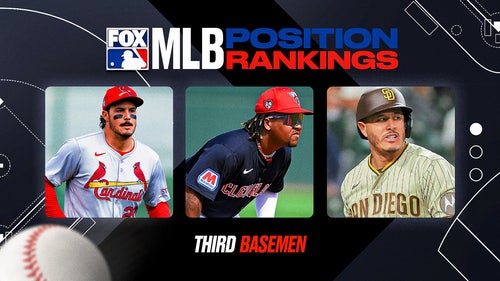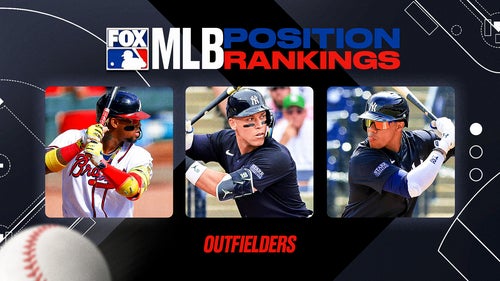
Atlanta Braves' Incredibly Shrinking Foul Territory

Aerial view from http://atlanta.braves.mlb.com/atl/ballpark/suntrust-park/renderings/development-renderings/. Courtesy of the Atlanta Braves.
When John Coppolella is talking with free agent pitchers of interest this Fall and Winter, he’d better not show them exactly how much more advantage hitters will have in SunTrust Park starting next Spring.
The Atlanta Braves are soon to open a new stadium – and there’s one new difference that might… make a difference.
It is still fascinating – the rule book of baseball.
There are sections with meticulous details. There are sections that are devoid of detail.
The infield is laid out with surveyors accuracy: measurements to the inch for spacing between bases, size and position of the batter’s boxes, the running lane to first base, the pitching mound, the rubber, and the distance to home plate.
Yet with all that, there are two areas in which the MLB rule book is essentially silent: distance to the outfield walls and the amount of available foul territory.
That fact has certainly led to a lot of creative freedom on the part of stadium architects through the years.
Their changing works have not escaped notice in Atlanta.
A general view of Citizens Bank Park during game between Atlanta Braves and Philadelphia Phillies. Sorry, no pics of Fulton County Stadium, so we’ll just see someone else’s foul territory. Mandatory Credit: Eric Hartline-USA TODAY Sports
Fulton County Stadium
More from Tomahawk Take
Fulton County Stadium, the first home of the Atlanta Braves in Georgia, was known as the Launching Pad. For sure, though, pitchers did have one advantage that didn’t translate into home runs: it was the expansive foul territory. See this link for the copyrighted picture of that seating chart.
That piece of real estate was practically enough for a highway… which is clearly a big deal in Atlanta as GDOT eyed it enviously. In several places, foul territory exceeded a width of 60 feet. It was nearly as far from the pitching rubber to home plate (60’6″) as it was from home plate to the backstop.
While its reputation may have been gained strictly from the home runs hit there (heck, even Rick Camp got into an epic dinger once), this – while not Dodger Stadium – was truly a place in which pop fouls went to die.
Sep 27, 2016; Atlanta, GA, USA; General view as the Atlanta Braves take the field as they host the Philadelphia Phillies at Turner Field. Mandatory Credit: Jason Getz-USA TODAY Sportsa
Turner Field Trimmed the Fat
When Turner Field was constructed, there was obvious a different initial intent and purpose behind the facility, yet after conversion, it was nonetheless a definitive ballpark.
During its 20-year run, though, 2 things stood out: gone was the Launching Pad moniker… and so too was quite a bit of foul territory.
Still, it wasn’t a huge difference – perhaps 60-65% of the original stadium’s foul ground, with most of the difference being well down the 1st and 3rd base lines toward the corners.
For true pop-ups… really wasn’t that much of a difference … unless you were Andrelton Simmons and diving at one of those walls.
Turner Field represented a reasonable compromise for fan proximity and pitcher comfort.
Rendering from http://atlanta.braves.mlb.com/atl/ballpark/suntrust-park/renderings/?partnerId=as_atl_20150527_46536646&adbid=603638224431403008&adbpl=tw&adbpr=2227375350
SunTrust Park
The seating chart for SunTrust is available for those who would like to peruse all of the multi-colored sections present on it. There are five levels, ranging from the really expensive 000 levels to the 400 levels up under the canopy.
An Aside: Five sections are already sold out, including the SunTrust Club seats behind home plate!
There will be 4 main gates: Left and right field, 1st and 3rd base, plus another entrance gate through the RF Chop House.
It will be near those outfield gates – near the bullpens – that you’ll be able to hear the crying of the pitchers.
From all appearances, the area of foul territory in the new park is less than half the acreage than that present in Turner Field… which then is roughly 25-30% of the grazing area enjoyed by Phil Neikro, et al, at Atlanta Fulton County.
No wonder Knucksie was a Hall of Famer. But this field would have driven him nuts.
Yes: the fans are right on top of the action. The sight lines should absolutely be awesome.
But the width of the out-of-play areas on this field don’t appear to exceed 40 feet at any point… and seem to average perhaps 25-30 feet.
Pitchers will cry foul… but to no available, for in this park, foul balls are souvenirs… not outs.
Two Other Factors
Runners and fielders alike had better be on their toes, for overthrows will often rebound directly back into play – quickly.
I could even foresee a savvy Dansby Swanson perhaps even trying to take advantage of that local knowledge by playing a fortuitous bounce into an out for an unsuspecting visitor.
Also: if I’m in the dugout on either sideline, I’m putting up armor to protect myself. Even the players will be much closer to the action than ever before. I seriously hope that the Braves make all arrangements to insure the protection of players exposed to these lightning-quick foul tips that will be in the dugout in a heartbeat.
An extended fence pole on the near side of each dugout might be a useful architectural feature to help block such balls from going directly into the dugouts and causing instant Mayhem. Luis Salazer would approve.
That only leaves the on-deck batter left exposed to the elements… a scant 40-50 feet from home plate. Good luck out there.
This article originally appeared on







